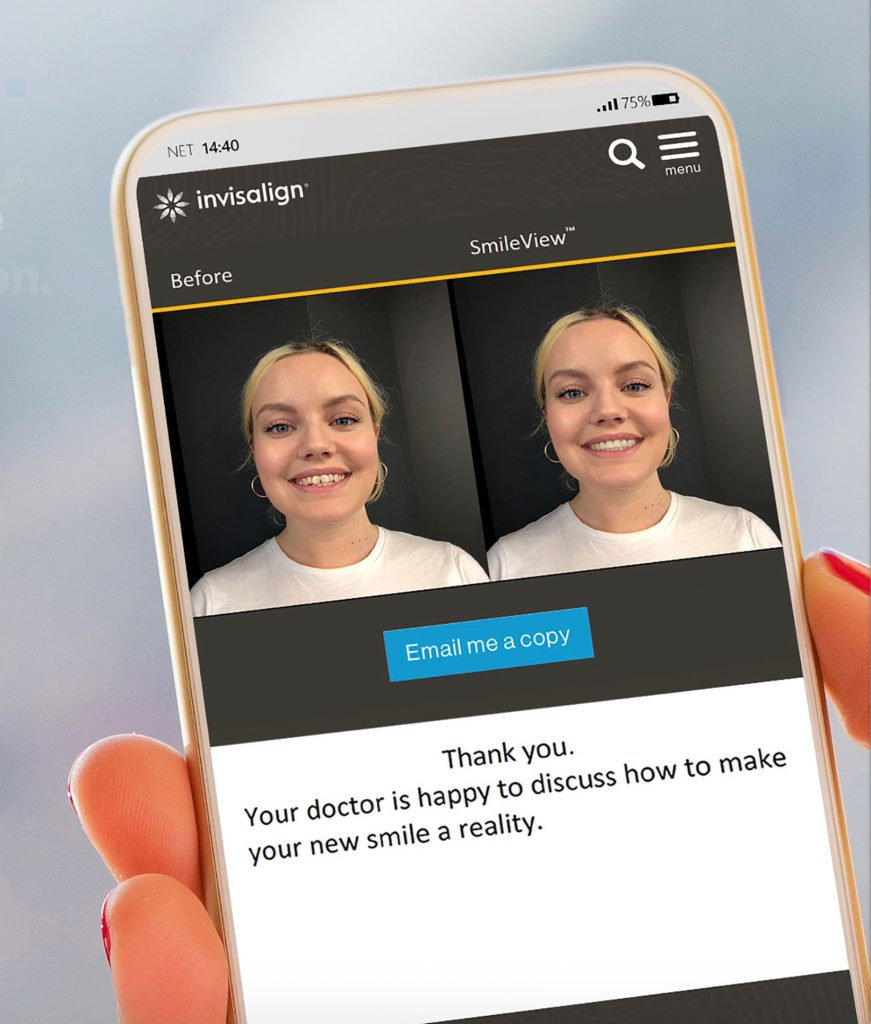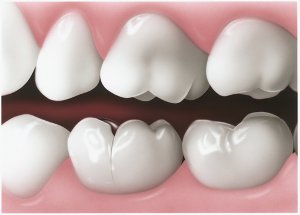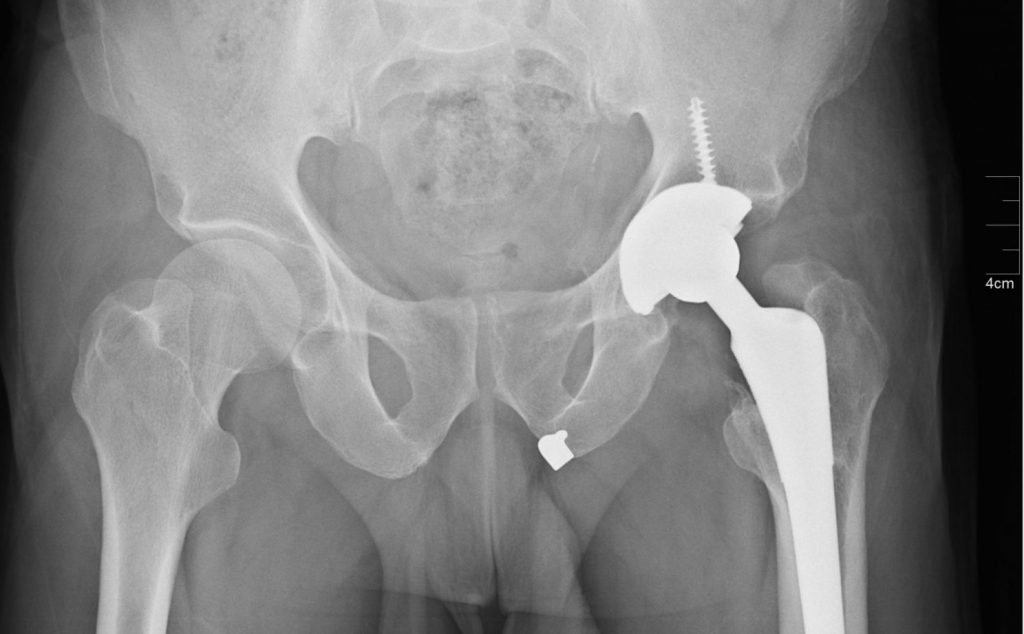- Local anesthetic usually subsides after 3-4 hours. Although you may eat or drink liquids immediately, you will want to take extra care as to not bite your cheek, lip or tongue or whatever is feeling numb. Anesthetic is temporary and only in rare cases leads to short-term or long-term paresthesia (loss of feeling). You may feel a firm lump where anesthesia was placed as it takes some time for the body to break it down or notice visible bruising on the outside of your face due to the pressure of local anesthesia on the tissues.
- Local anesthesia may also cause a hematoma which is when bleeding occurs in blood vessels near local anesthetic placement. The area in which the hematoma forms may feel firm and be visibly bruised and, depending on its location, may restrict jaw opening for several days and take 7-14 days to subside. In case of hematoma, see more detailed directions here (link to new page?)
- The most common side effects of local anesthesia are a noticeable shakiness in the hands in the first 3-10 minutes after placement due to the epinephrine, which makes the heart race, in some types of local anesthetics. This is not a cause for concern and will subside within minutes. Some people also report extreme tiredness or sleepiness after having received local anesthetic for several hours. The average person does not experience these symptoms.

See what Invisalign treatment could do for you!
Simply take a smiling selfie and we’ll simulate your new smile. We can help you achieve the smile you’ve always wanted with Invisalign. Simply click





